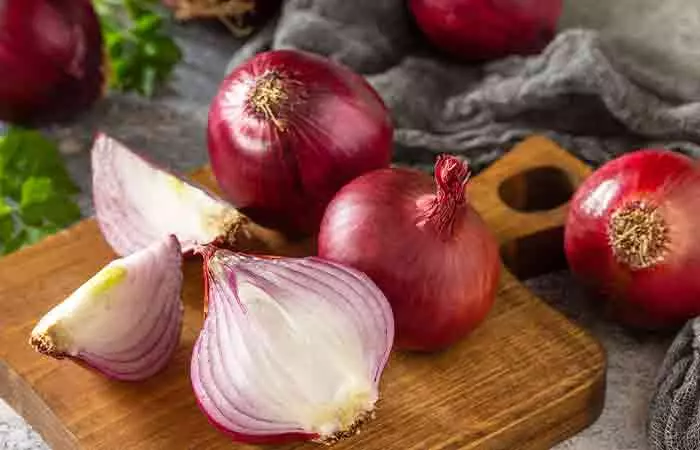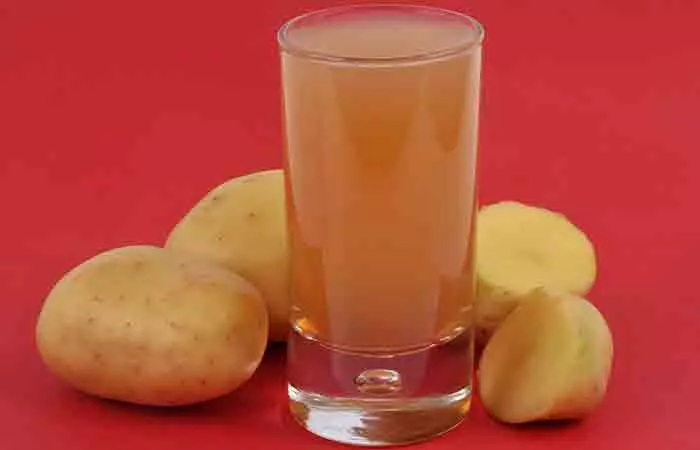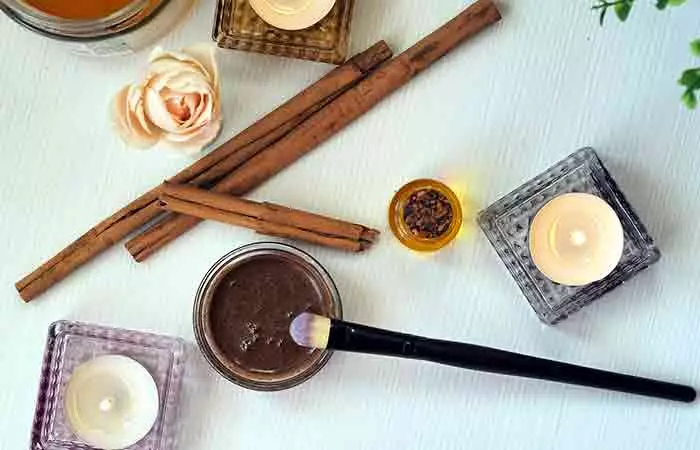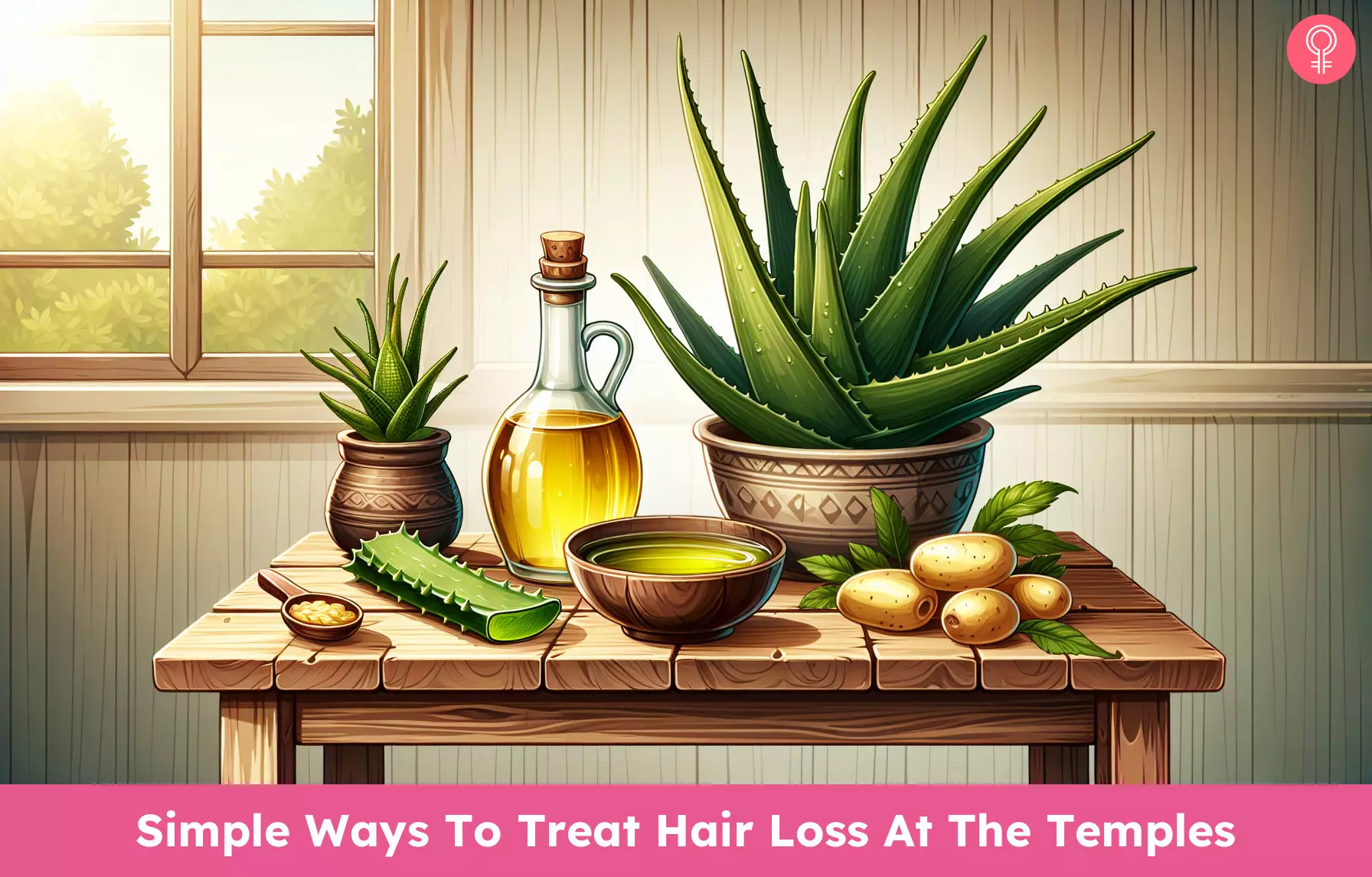What Is Temple Hair Loss?
Temple hair loss is the thinning of hair at the temples. Although this kind of hair loss is common in both men and women, it is characteristic of male pattern baldness, where thinning starts at the temples rather than from the top of the head (1). However, if you are losing hair at the temples, it is likely that you are losing hair from the top of your head as well (2). Temple hair loss can also just take place on just one side. A study revealed the prevalence of male androgenetic alopecia (MAA) in various populations. In Australia, a survey with 1390 men found that the occurrence of full baldness increases with age, from 31% in the 40-55 age group to 53% in the 65-69 age group. Receding frontal hairline was observed in 25% of men aged 40-55 and 31% of men aged 65-69. In the USA, a survey reported a 53% prevalence of moderate or severe MAA among individuals aged 40-49. Similar findings were observed in the Korean population, commonly seen in individuals aged between 30s-70s. Singaporean males had a reported MAA prevalence of 63%, increasing with age from 32% in the 17-26 age group to 100% after 80 years.
What Causes Temple Hair Loss?
More often than not, hair loss at the temples is a genetically inherited condition like male and female pattern baldness. In some cases, it is also caused due to the overuse of hair extensions and sporting tight braids and hairstyles which also lead to hair breakage. Thyroid conditions and hormonal imbalances caused due to issues such as PCOSi Polycystic Ovarian Syndrome is a hormonal disorder that causes swollen ovaries with the growth of small cysts on the edges. can lead to this kind of hair loss (3), (4). Dr Reid Maclellan, Adjunct Professor of Plastic Surgery at Harvard Medical School and Boston Children’s Hospital, says, “Temple hair loss can also be due to androgenetic alopecia, which is caused by hormones and genetics.” He adds, “These can be prevented by avoiding tight hairstyles, taking supplements, and using topical treatments in the area. If you notice a more prominent widow’s peak, more hair falling out in the shower or as you brush, or receding hairline, this can mean hair loss is occurring. However, it can still be prevented with immediate attention and care.” It is essential to learn how to stop receding hairlines to keep your hair healthy and strong. Hair loss can adversely impact specific aspects of your everyday life. This graph indicates how hair loss negatively affects self-confidence, mood, and bonds with peers or romantic partners. Harsh circumstances can intensify this feeling, which can have an adverse effect on other facets of your life as well. Knowing the different types of hair loss can help you address the issue effectively. Check out the graph below to learn more.
Impact Of Hair Loss On Everyday Life
As we can see above, the area that hair loss has the most impact on is one’s self-esteem, leading to feelings of insecurity and lowered confidence. This can further impact social interactions as well, causing anxiety, stress, or withdrawal from social situations. In the next section, we will take a look at the methods you can use to help regrow the hair on the temples. Note: These remedies alone will not control hair thinning. A proper diagnosis needs to be done by a doctor to find out the underlying cause of hair loss. Recognizing signs of hair thinning early on can help you take control and prevent further loss.
How To Treat Hair Loss At The Temples Naturally
1. Olive Oil
Research shows that massaging the scalp with oil can increase hair thickness (5). Since olive oil can penetrate the hair shaft, massaging your hair and scalp with it can help strengthen them from within (6). A study showed that a herbal formulation with an olive oil base induced hair growth (7). Olive oil also contains oleuropein that could induce hair growth in mice studies (8). However, there is no concrete evidence to suggest that olive oil can actually promote hair growth. You Will Need 2 tablespoons of olive oil Processing Time 45 minutes Process How Often? 2-3 times a week.
2. Aloe Vera
Aloe vera has anti-inflammatory and moisturizing properties (9). It can not only soothe scalp irritation but also moisturize your scalp and hair. It can also help reduce dandruff (10). This, in turn, may reduce hair loss. Though aloe vera is traditionally used to address hair loss issues, there is a lack of scientific evidence to establish the link. You Will Need 1 teaspoon of aloe vera gel Processing Time 1 hour Process How Often? 3-4 times.
3. Onions
A study showed that onion juice could induce hair growth (11). Another study states that onion has a high sulfur content, which can help in regenerating hair follicles and stimulating hair growth (12). You Will Need 1 teaspoon of extracted onion juice Processing Time 15 minutes Process How Often? 2-3 times a week. Nimeshaa, a vlogger, applied onion juice to her hair for three alternate days and shared the results in a video. She created the hair mask by slicing, rising, blending, and then collecting the onion juice. About her hair fall, she said, “Ever since I started using this onion hair mask, it has significantly reduced (i).”
4. Green Tea
Studies show that the EGCG (epigallocatechin gallate) in green tea can stimulate hair growth (13). It also inhibits the activity of the 5α-reductase enzyme, which can cause hair loss (14). Green tea can also help reduce sebum production on greasy scalps (15). It can help improve overall scalp and hair health. You Will Need
2 bags of green tea 1 cup of water
Processing Time 30 minutes Process How Often? 2-3 times a week.
5. Potato Rinse
There is no scientific evidence of potato juice curbing hair loss. Research shows that potato juice has antioxidant properties (16). This can help reduce oxidative stress, which is a common cause of hair fall (17). You Will Need
2 potatoes 2 cups of water
Processing Time 5 minutes Process How Often? 2-3 times a week.
6. Coconut Oil
Coconut oil contains fatty acids that penetrate through your scalp and hair, nourishing and conditioning them (18). It also reduces protein loss of hair, which is needed for healthy hair. You Will Need 2 tablespoons of coconut oil Processing Time 45 minutes Process How Often? 2-3 times a week.
7. Honey, Cinnamon, And Olive Oil
Cinnamon contains procyanidinsi Oligomeric (comprising few repeating units) compounds found in plants and used in medicinal chemistry for its antioxidant properties. , which induced hair growth in mice studies (19). Olive oil can help hydrate the hair and condition it. Honey is an emollient, which makes it a good hair conditioner (20). It can also help treat dandruff and regulate the pH of the scalp. You Will Need
1 tablespoon of cinnamon 1 tablespoon of honey 2 tablespoons of olive oil
Processing Time 40 minutes Process How Often? 2 times a week.
8. Neem Leaves
Studies showed that the antifungal properties of neem extracts could inhibit the growth of dandruff-causing fungi (21). It has immune-boosting, anti-inflammatory, and antimicrobial properties (22). These properties can help in keeping the scalp and hair healthy. Anecdotal evidence suggests that neem can aid hair regrowth and reduce hair loss. It can also help rejuvenate dry and frizzy hair. However, there are no scientific studies to prove these effects. You Will Need
A bunch of neem leaves A few tablespoons of water
Processing Time 15 minutes Process How Often? 4-5 days a week. Let’s take a look at other ways to treat temple hair loss!
Temple Hair Loss Treatment
There are various ways to treat temple hair loss like:
Healthy Diet: Consuming a balanced diet rich in vitamins, zinc, iron, and protein can prevent hair loss, including at the temples (23). Gentle Hair Care: Avoid tight hairstyles and excessive use of heat styling tools, as it can stress the hair follicles and worsen temple hair loss. Topical Treatments: FDA-approved topical treatments containing minoxidil can stimulate hair growth when applied directly to the affected area (24). Prescription Medications: Drugs like finasteride may be recommended to stop hair loss and promote regrowth (25). Clinical Treatments: Low-level laser therapy, platelet-rich plasma therapy, and hair transplant may be suggested by a certified dermatologist or trichologist to stimulate regrowth at the temples.
How can I thicken hair at my temples? You can use the natural remedies mentioned in the article to make the hair at your temples thicker. You can also seek other hair growth treatments and medication to increase hair growth and make hair thicker, but be sure to consult a trichologisti first to diagnose the reason for hair loss. If the cause is a nutrient deficiency, supplements might do the trick. But if it is a hair loss issue, the doctor might recommend prescribed medication and other treatments like hair transplant and hair implant in which the former involves taking skin containing hair called “hair grafts” from one part of the head and putting it at a bald spot while the latter involves implanting synthetic hair into the scalp. How do you hide thinning hair in temples? You can use hair extensions like clip-on or sew-in weaves to make your hair look thicker and hide hair thinning. You can also use hair coloring sprays or concealers that coat your hair and scalp and give the appearance of fuller hair. What vitamin deficiency causes hair fall? A diet lacking in nutrients like vitamins, proteins, amino acids, and minerals can lead to hair loss and thinning. Deficiency of vitamins D, B12, and folic acid may be linked to hair loss. Does finasteride work on temples? Finasteride is an FDA-approved prescription drug used for treating androgenic alopeciai A common skin disease that can cause permanent hair loss in both men and women. Also known as male and female pattern baldness. . The drug may help reduce the risk of female pattern hair loss in women and male pattern hair loss in men, which is a common cause for receding hair at the temples.
Illustration: Simple Ways To Treat Hair Loss At The Temples
Losing your temporal hair can be really frustrating. If you are looking for ways to restore them, check out this informative video and find out all the answers you need. i. I applied onion juice on my hair for 3 days!! || shocking results!!,https://www.youtube.com/watch?v=0lBaH86uC6o














